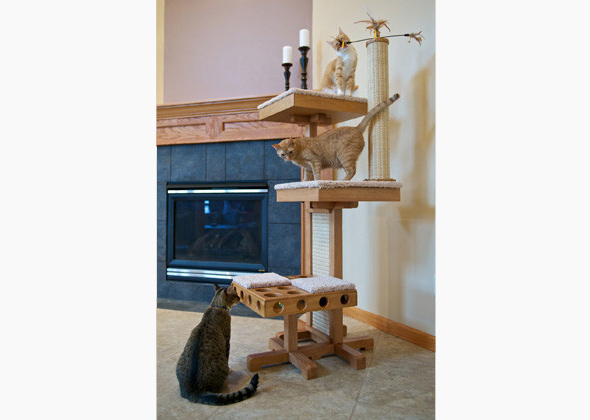7 Ways to Help Curb Obesity in Your Pet
Published on October 06, 2015
Skip To
We love our cats and dogs so much that it’s easy to want
to make them happy with the gift of food.
There are few things they like better, right? But when your pets pack
on the pounds, it’s not good for their health. If you can keep them at an ideal weight, they have a
better chance at a longer life.
In honor of National Pet Obesity Awareness Day, we’re sharing simple strategies to help your pet get back to a healthy size. Check out our gallery below for great, vet-approved tips.
More on Vetstreet:
In honor of National Pet Obesity Awareness Day, we’re sharing simple strategies to help your pet get back to a healthy size. Check out our gallery below for great, vet-approved tips.
More on Vetstreet:












